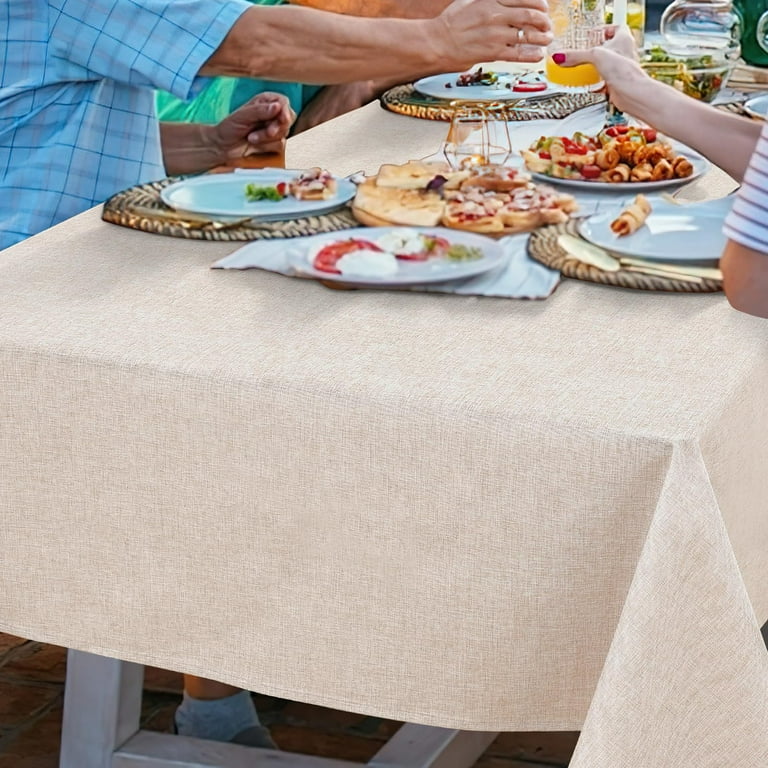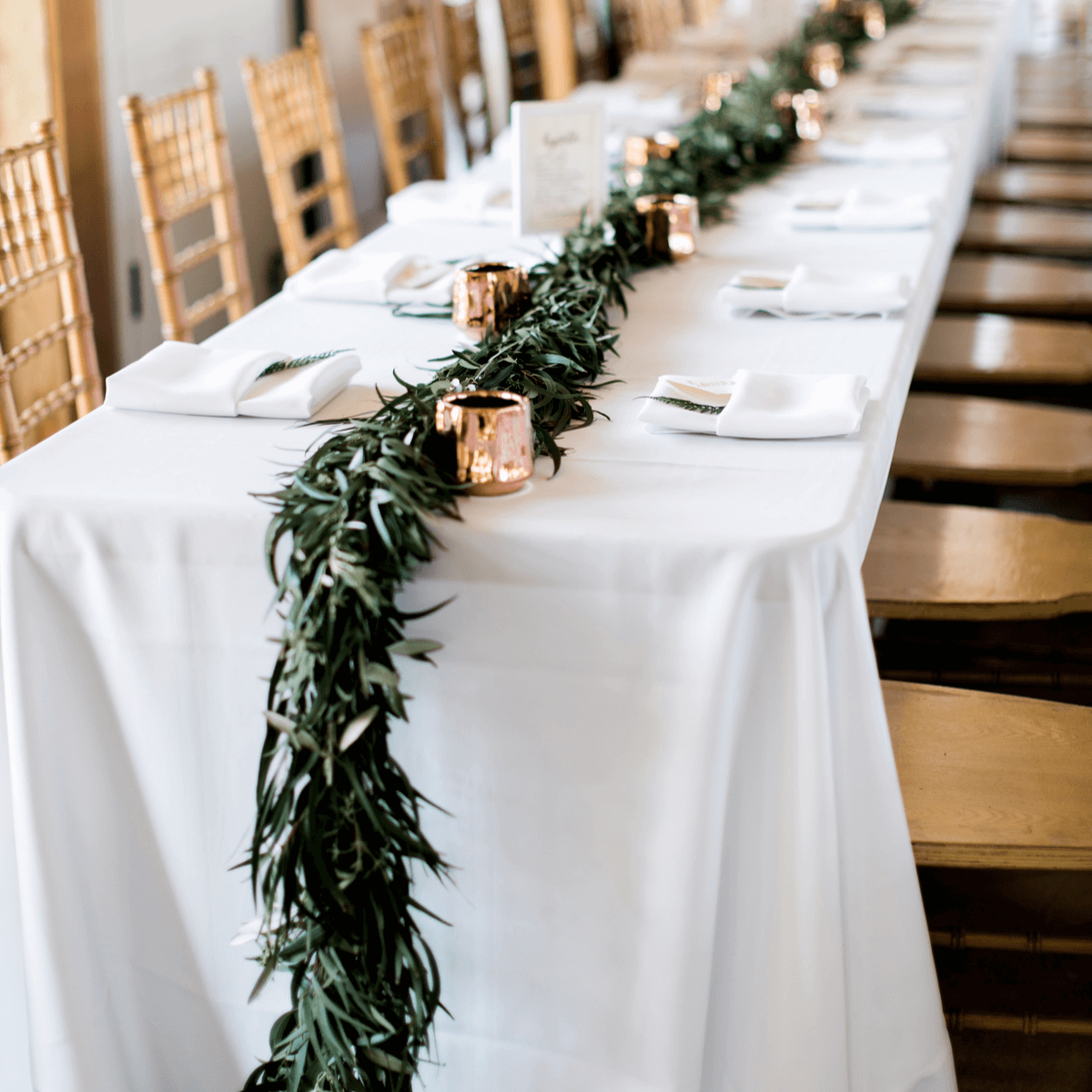Linen Textile Innovations: Exploring Modern Trends and Creative Applications in Layout and Fabric Sector
From sustainable manufacturing techniques to cutting-edge weaving technologies, the development of linen is reshaping the landscape of the fabric sector. As we dig right into the realms of innovative layout applications and the development of bed linen blends and hybrid fabrics, a new chapter unfolds in which bed linen's duty in future fabric advancements takes facility stage.
Lasting Practices in Bed Linen Manufacturing
Lasting techniques in linen production have come to be progressively important in the fabric market's initiatives to reduce ecological influence and advertise honest sourcing methods. Linen, a natural fiber stemmed from the flax plant, offers a variety of benefits such as toughness, biodegradability, and breathability. Nonetheless, conventional techniques of linen manufacturing can involve substantial water usage, pesticide usage, and energy-intensive processes.
To address these difficulties, lots of textile producers are adopting lasting methods throughout the linen production procedure. This consists of sourcing flax from organic ranches that stay clear of hazardous chemicals and chemicals, executing water-efficient retting strategies to remove fibers from the flax stalks, and utilizing environmentally friendly dyes and coatings. Additionally, some companies are purchasing renewable resource sources to power their production facilities and minimizing waste via recycling and upcycling efforts.
Technical Advancements in Bed Linen Weaving
With the growing focus on lasting techniques in bed linen manufacturing, the fabric industry is now seeing a surge in technical innovations specifically targeted at changing the art of linen weaving. These advancements are reshaping the means linen fabrics are generated, using increased effectiveness, quality, and creative thinking in weaving strategies.
One of the vital technical innovations in bed linen weaving is the integration of digital looms. These innovative looms are furnished with software application that enables intricate and complicated designs to be woven with precision. By digitizing the weaving process, manufacturers can attain better uniformity and accuracy in their linen fabrics.
Furthermore, improvements in yarn spinning technology have actually made it possible for the production of finer and more durable bed linen yarns - table cloths. This leads to softer and smoother bed linen fabrics that preserve their quality also after multiple usages and washes
Furthermore, the advancement of eco-friendly dyeing processes and coatings for bed linen materials is acquiring grip. These lasting techniques not only decrease the environmental influence yet additionally satisfy the raising consumer need for morally produced textiles.
Creative Style Applications for Linen
Innovative imaginative methods are increasingly forming the innovative design applications for bed linen in the textile industry. Bed linen's all-natural aesthetic appeal and capacity to mix with other fabrics make it a favorite selection for producing unique garments and devices that provide to the ecologically conscious consumer.
In addition, developers are explore linen in home style, utilizing its long lasting and breathable nature to craft trendy furnishings such as curtains, bedding, and furniture. The site here structure and drape of bed linen bring a sense of class and convenience to interior rooms, including a touch of beauty to contemporary homes.

Linen Blends and Hybrid Fabrics

Hybrid materials, on the various other hand, take the idea of mixing an action additionally by integrating extra elements such as metallic threads, recycled products, or conductive fibers. These innovative textiles not only increase the layout opportunities but also present practical facets like conductivity, antimicrobial residential or commercial properties, or enhanced longevity. Crossbreed materials are significantly being used in numerous markets, consisting of style, interior style, and technological textiles, where the demand for multifunctional products gets on the rise.
Bed linen's Function in Future Textile Innovations

In the realm of future textile innovations, bed linen is expected to be a principal in the advancement of advanced useful fabrics. Designers and researchers are exploring means to enhance article bed linen's inherent high qualities with technical innovations, such as including clever fabrics, nanotechnology, and efficiency finishes. These advancements aim to raise bed linen's performance attributes, making it appropriate for a wider variety of applications, from activewear to safety garments.
In addition, the combination of linen with other natural or artificial fibers opens unlimited possibilities for producing unique fabrics with one-of-a-kind residential or commercial properties and functionalities. By leveraging bed linen's attributes and discovering innovative blends, the textile market is positioned to introduce exciting developments that cater to progressing consumer demands and sustainability demands.
Verdict
To conclude, the expedition of lasting practices, technological improvements, innovative design applications, bed linen blends, and its duty in future fabric developments highlight the continual development of bed linen material in the modern-day layout and fabric market. With a concentrate on technology and creativity, the versatility and eco-friendly nature of bed linen make it a useful product for suppliers and designers alike, paving the way for further growths and innovations in the field of fabrics.
As we delve right into the realms of imaginative design applications and the introduction of linen blends and hybrid fabrics, a new chapter unravels in which bed linen's function in future textile innovations takes facility phase.
Checking out the fusion of linen with other materials has actually led to the introduction of ingenious blends and hybrid fabrics in the modern textile industry. Bed linen blends offer an one-of-a-kind combination of the attributes of bed linen with those of other fibers, resulting in fabrics that possess enhanced buildings such as raised toughness, improved draping, and minimized wrinkling.The development of bed linen blends and hybrid textiles has actually set the stage for Bed linen to play a critical role in driving future textile innovations.In the world of future fabric developments, linen is anticipated to be a vital player in the growth of advanced useful fabrics.